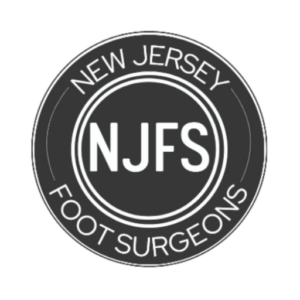Services
The four types of bunion surgery the Dr. Nick will offer to his clients depending on the amount of arthritis they have in the joint.
Lapiplasty®
The Lapiplasty® Procedure tackles the underlying cause of bunions by stabilizing the base joint of the big toe and realigning the bone in its natural three-dimensional position. Titanium plates are employed to secure the unstable joint, enabling patients to bear weight on their foot soon after surgery while wearing a boot.
Scarf Method
The SCARF bunionectomy corrects bunions with a Z-shaped bone cut in the first metatarsal, providing stability before screw insertion. It’s ideal for large bunions without joint fusion, offers cosmetic benefits, and adjusts abnormal joint angles. This method suits revision surgeries and older patients, ensuring predictable healing. Surgeons carefully consider factors like bunion size, patient age, health, and expertise to recommend the most suitable procedure.
Minimally Invasive Surgery
Minimally invasive bunion surgery is a surgical approach conducted through small incisions to address a bunion deformity. It leads to reduced scar formation, faster recovery, and decreased joint stiffness compared to conventional methods. In this procedure, our surgeon makes a small incision, adjusts the metatarsal bone, and stabilizes it with devices to uphold the toe’s corrected alignment.
Natural Bunion Surgery
Natural Bunion Surgery, a cutting-edge procedure that is brand-new to the field. Few practitioners offer this advanced solution, which sets us apart. What makes this surgery “natural” is the use of OSSIOfiber® screws. Unlike traditional implants, OSSIOfiber® contains the same natural minerals found in bones themselves, but it’s stronger and eventually becomes part of the bone. This encourages a return to full strength naturally without the risks and costs associated with permanent hardware.
Proprietary System
Dr. Nick proprietary system is actually what he does after surgery he does a process the involves compression taping and wrapping after the procedure that helps control the swelling for the first two weeks.
The reason behind this is because if there is a lot of swelling the incision would stretch which would cause an ugly scar. With Dr. Nick’s compression technique, the scar is almost nothing and after two weeks the wrapping and compression is removed and Dr. Nick immediately put them into a soft running shoe obviously they can’t go running right away but they are now in a running shoe and they are fully capable of walking around perfectly fine.
Book Your Free
Virtual Consultation
Schedule your virtual consultation today to discover how our cutting-edge, minimally invasive treatments can quickly get you back on your feet with less pain and faster recovery.

